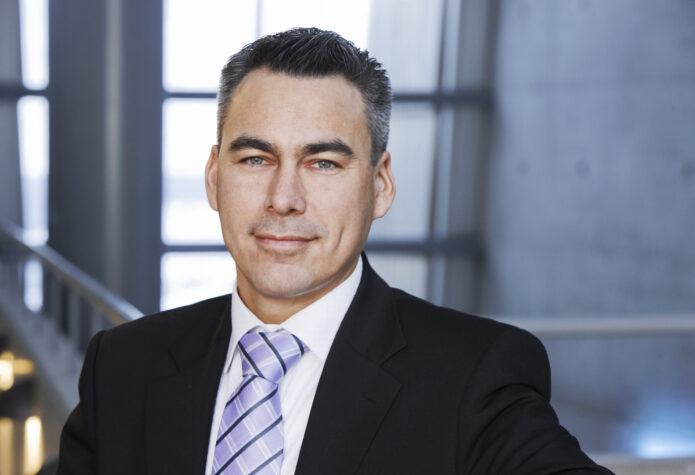Hydropower creates clean energy and jobs in Greenland

In five years, Greenland’s total CO₂ emissions have been reduced by almost 15%. Turning from fossil fuels to renewable sources for the production of electricity is the main reason for the improvement.
NIB has recently signed a EUR 33.5 million loan with the Greenland Self Rule Government to finance a new hydropower station near the town of Sisimiut on the western coast of Greenland.
“There are several reasons for investing in hydropower in Greenland, from an environmental and financial point of view,” says Palle Christiansen, Greenland’s Minister of Finance.
“We save money by reducing oil imports for the diesel generators. Hydropower provides cheaper energy for the government and consumers. Large infrastructure projects also create employment and keep the wheels of our economy turning,” Mr Christiansen says.
Due to its geography and climate, Greenland is dependent on local electricity production. Until now, two diesel generators have been the only source of electricity for the 6,000 inhabitants of Sisimiut.
According to Mr Christiansen, the diesel driven power stations represent the biggest source of CO₂ emissions on the island. With the new NIB-financed hydropower plant, another diesel power plant will be silenced and emissions further reduced.
Environmental impact
Johan Ljungberg, NIB’s Head of Environment, recently visited the new hydropower plant in Greenland. He says hydropower is the best possible solution from an environmental and sustainability point of view for supplying power to the municipalities of Greenland.
“In addition to being part of Greenland’s efforts to decrease the emissions of greenhouse gases globally, shutting down the diesel power stations that have impacted on the population by emissions and noise also gives rise to a concrete reduction of local negative environmental impact,” Mr Ljungberg says, commenting on the project.
The new hydropower plant, which will be the country’s second largest and is expected to produce 58 GWh of electricity annually, is run by the national energy company Nukissiorfiit.
According to Mr Christiansen, 70% of Greenland’s energy comes from renewable sources. “It is unrealistic that we will ever reach 100%, but our aim is that wherever it is possible to produce renewable energy, we should rely on that for electricity,” he continues.
On a vast island like Greenland, this is easier said than done. In a huge area, equalling the size of Western Europe, to a great extent covered by ice, and with small communities scattered along the coast, it is a challenge to connect all local communities to the hydropower plants.
Greenland is introducing small wind power parks in order to supply energy to those areas inaccessible by electricity cables. In addition, the government is investing in new technology for storing and transporting excess energy.
“Storage would enable the distribution of energy to cities and settlements without local potential for renewable energy production,” Mr Christiansen says, while adding that Greenland, with its natural resources, has the potential to supply 70% of Europe with renewable energy, mainly hydropower.
“With new technologies, hydropower could be a good and green export commodity for Greenland, in high demand with our neighbouring continents, especially North America,” Mr Christiansen says.
When it comes to financing, Palle Christiansen says NIB was their first choice.
“We have a relationship with NIB dating back a long way. The Nordic scope and the environmental mandate fit us very well and NIB was the first bank we contacted when we needed financing for the new hydropower plant. We hope to continue to cooperate with NIB also in future energy and environmental investments,” he concludes.
